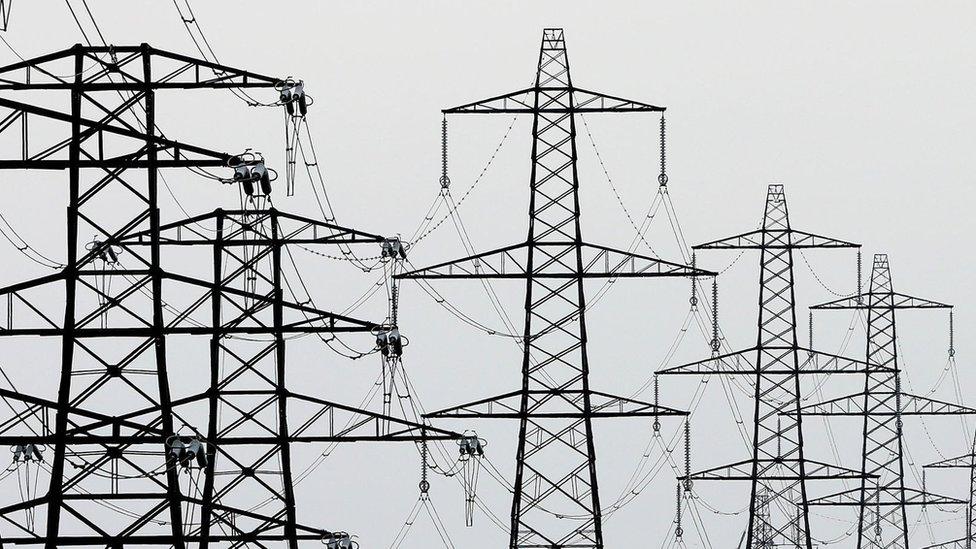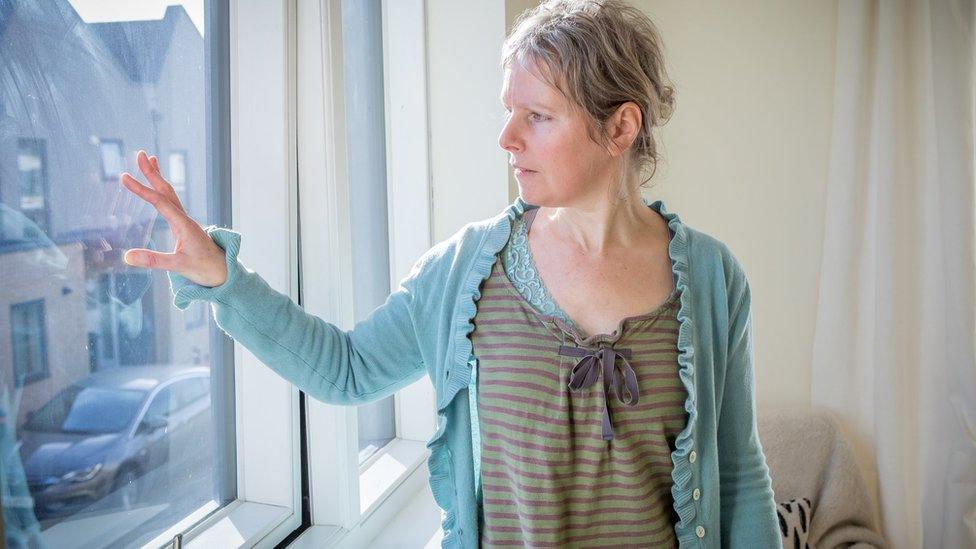Analysis: Could future homes actually work for us?
- Published

The housing development in Neath would be part of the Swansea City Deal
A housing development in Neath, designed with the aim of turning "homes into power stations," is as exciting as it is innovative.
The Port Talbot-based Specific partnership involves Tata Steel, Swansea and Cardiff universities, firms including BASF and Pilkington, and more than 130 scientists and product developers.
These particular proposals involve eight two and three-bedroom homes and apartments.
The Specific innovation aims to transform how we view the role of our homes, offer a way of reducing our dependence on carbon fuels and also act as a tool to help further tackle fuel poverty in Wales.
Despite a range of initiatives to reduce the cost of keeping homes warm, latest figures estimate that nearly one in four (23%) of households in Wales were still considered to be living in fuel poverty.
That is defined as a household that spends more than 10% of its income on energy. This is significantly lower than the 29% in fuel poverty in 2012 but it is clear that many households are still struggling.
Developing homes as mini-power stations could help reduce that and give people an extra income.
We have already seen several housing associations fitting solar panels to homes. But this goes much further.

Specific scientists working at Baglan
Instead of seeing our homes as just four walls we live in and often expensive to run, we could begin to see them as entities that are working for us - even when we are out. Houses which generate power for us to store and use later or even to sell on.
It has also been suggested that projects like this can change our relationship with energy use, making us more aware of not wasting it.
Smart meters already encourage us to think about how much we are using and money that we may be inadvertently spending.
Once you have the opportunity to store that energy your home has generated for you - or to sell it - then surely it is logical to presume that we become much more careful about not using more than we need to?

There would be issues for our electricity system
But to really make the most of a scheme like this, the infrastructure needs to change.
The electricity system we have in the UK now, based on the National Grid, was developed from an era of cheap sources of energy and a relatively small number of very large generators using coal, oil or more recently gas.
As power travels many miles through the transmission system energy is lost.
The grid was not designed for multiple smaller generators putting power into it. In Wales, the grid is nearly full and that has been an issue as new larger renewable energy projects have been discussed.
Technology is moving fast however, and a number of new ways of storing and sharing energy are being developed. That could open up further opportunities for projects like this.
And then there is the complicated world of finance, feed-in tariffs and government incentives.
But if we are to get anywhere near targets for cutting carbon emissions or, for that matter reduce our dependency on states around the globe to keep our lights on, then perhaps we do need to get smarter at using the sources of energy around us: the sunshine on our roofs, the air around us, heat from the earth and much more.
Making use of the resources we have around us.
- Published9 August 2017

- Published17 November 2016

- Published6 September 2016

- Published1 March 2016

- Published7 March 2017
